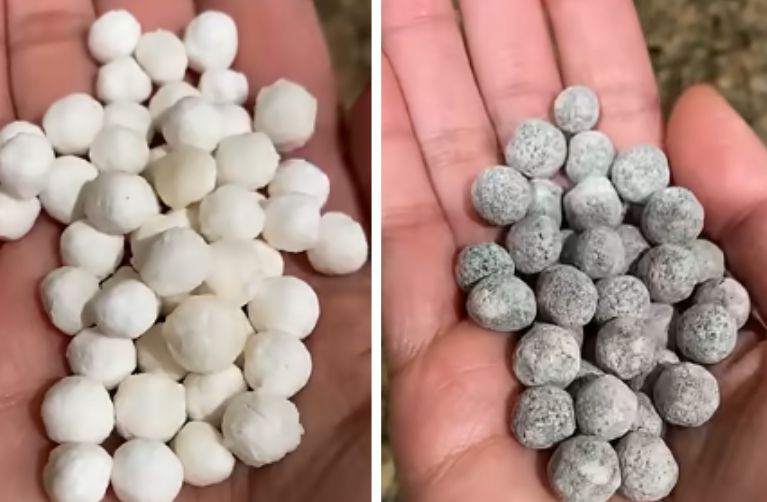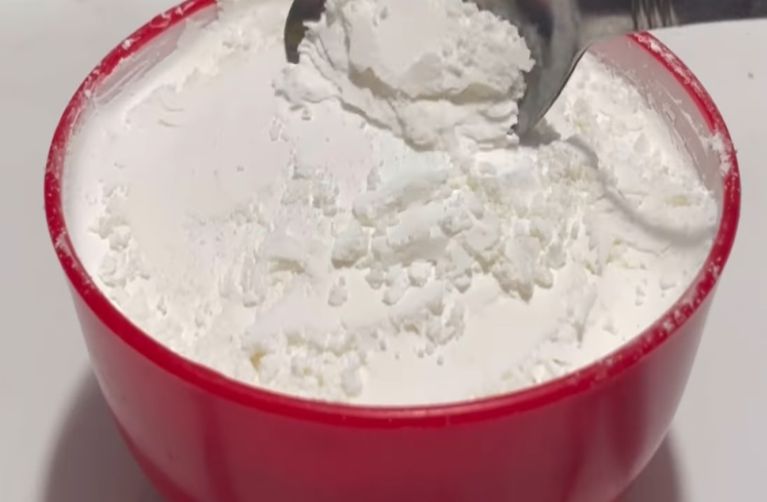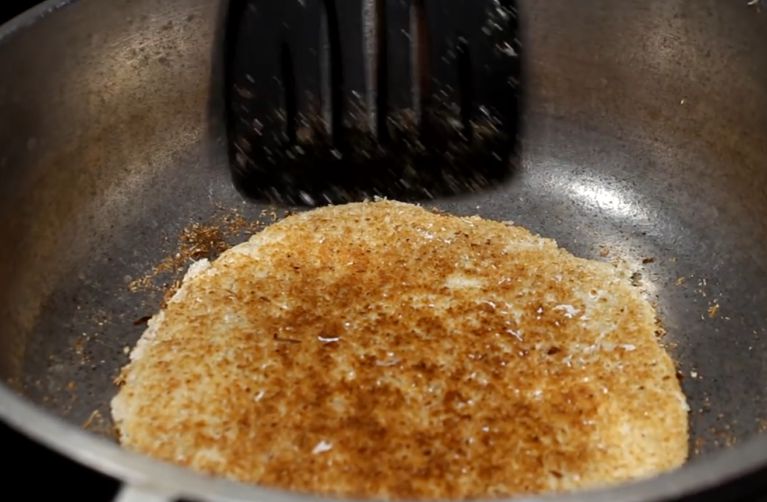What is tapioca flour, different from tapioca starch? Discover its uses, benefits, and why it’s a gluten-free staple in cooking and baking! Perfect for thickening, baking, and more.
Tapioca vs Cassava: Understanding the Differences
Tapioca vs cassava: How are they different? Cassava is a root vegetable, while tapioca is the starch extracted from it. Learn their differences, uses, and how each fits into cooking and nutrition.










